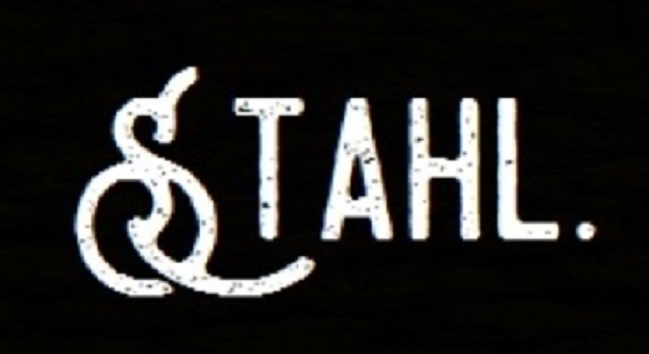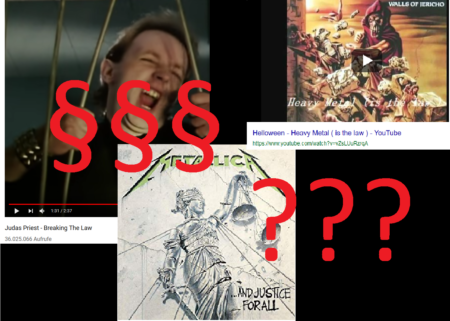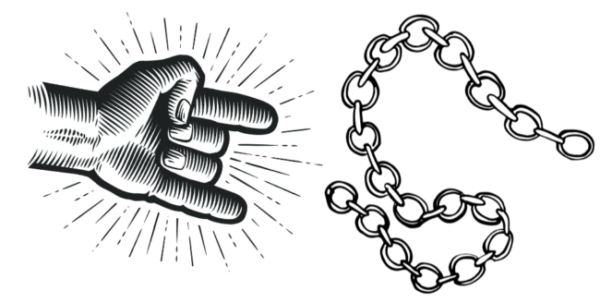A gap in research
In 1980, Judas Priest released their classic heavy metal anthem ‘Breaking the Law’ on the British Steel album. In the song’s lyrics, the protagonist thematizes law-breaking as his way of empowerment. This topos of ‘breaking the law’ is relevant in metal until present days. It is connected to metal’s idea of ‘metalness’ and scene-internal norms. Metalheads all around the world know the lyrics, at least the chorus.
In a video clip of a live performance of the song, Rob Halford introduces the classic by saying that it would have become ‘synonymous’ to his band and metal at large:
A second well-known example is Metallica’s album …And Justice for All (1988). Its cover and title-track work with narratives and semiotics of the allegedly corrupted laws of the American legal system. Here, law is represented as a field of oppressive norms.
The cover takes up the ancient imagination of the Roman goddess of Justitia and reworks it in a metalness version. It was ‘translated’ to the semiotic aesthetics of 1980s thrash metal:
Even more telling, since decades, metal’s scene language knows idioms like ‘heavy metal rules’ or even ‘Heavy Metal (is the Law)’, which is a song title by early Helloween. Here, literally metal-as-law is synonymous to scene-internal norms and rules. Metal makes the law. Despite this evident empirical relevance of law-related phenomena in metal, there currently is practically no research on this.
Addressing the gap: a research agenda
Addressing this substantial gap in scholarship, the author has applied for funds from the Austrian Science Funds (FWF) for a three-years research project. It is planned to research the role of law-related phenomena in the scene-building process in Graz and Styria since the 1980s.
The proposal is affiliated with the Institute of the Foundations of Law at the University Graz. The project team consists of the author as a cultural historian, of a musicologist, and a of board of legal scholars. Also scholars from other disciplines are involved.
In the project, which centres empirically on Styria, Graz and Austria, we want to answer three questions, that also have relevance when addressing the gap on a fuller scale:
- How did ‘law’ function cultural-historically as a category in sense-making processes?
- Did that (those) mode(s) of sense-making change over the period from the early 1970s to the present?
- What role did ‘law’ play in the construction of a scene community in the long run?
On balance, we hope this could be a fruitful addition to metal music studies.





